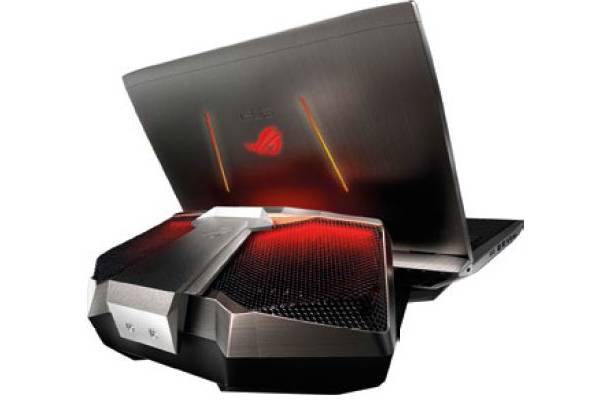The power of iterating towards a goal.








The power of iterating towards a goal.
The Microsoft Surface Book notebook and Surface Studio all-in-one PC unveil videos (in 2015 and this past October respectively) are my two favourite product intro videos in recent memory. They reaffirmed the notion that Microsoft is finally out of its Ballmer quagmire, and back to where it belongs: changing the world and innovating like no man’s business.

But beyond those well-shot and emotionally stirring product videos, how the Surface team, led by Microsoft’s device chief Panos Panay, rolls is no different from how Apple’s engineering and design teams have rolled for years. That is: through a slow but steady stream of deliberate improvements to the product, improvements that are often chosen based on a clear, long-term goal. The Surface’s progress is the best example of this in action.
The original Surface hybrids were designed with creativity (play) and productivity (work) in mind, and striking this balance remains Panos’ team’s most important objective till this day. While no one would say that the original Surface Pro and Surface RT tablets were a runaway success, one also can’t deny that since 2013, we’ve regularly gotten new Surface devices, each meaningfully better than its predecessor.
The Surface Pro 2 addressed users’ complaints about the Pro 1’s power and battery life; the Pro 3 revisited usability and introduced a continuous kickstand and a larger screen; and the current Pro 4, by upping its keyboard cover and digital pen game, once again remains steadfast to the productivity and creativity message first crafted in 2012.
In short, there’s no Surface 2-in-1 that’s radically different from the one it immediately replaced; but try putting the Surface Pro 4 beside the original Surface Pro and tell me you aren’t amazed with the progress. And I’m not saying that the Surface hasn’t had any missteps. The US$900 million Surface RT write-down only happened three years ago and production of the Atom-running Surface 3 should’ve ended by the time you read this.
The former is a victim of Microsoft’s poorly conceived Windows strategy at the time; the latter is quite frankly an unattractive option (poor performance, high price) when stacked against its Pro sibing. But I’ll argue that the Surface Pro won’t be as good as it is today if not for these non-Pro flops.
Four years after the Surface’s introduction, when we’ve people calling the iPad Pro the “Apple Surface” and PC OEMs making Surface Pro lookalikes, we can now call the Surface 2-in-1 a success. It’s a perfect illustration of the power of iterating relentlessly on something you’re convinced to be the right way. That’s why I’m excited about the Surface Book and Surface Studio, not just their now but their future.
PICTURES MICROSOFT.























